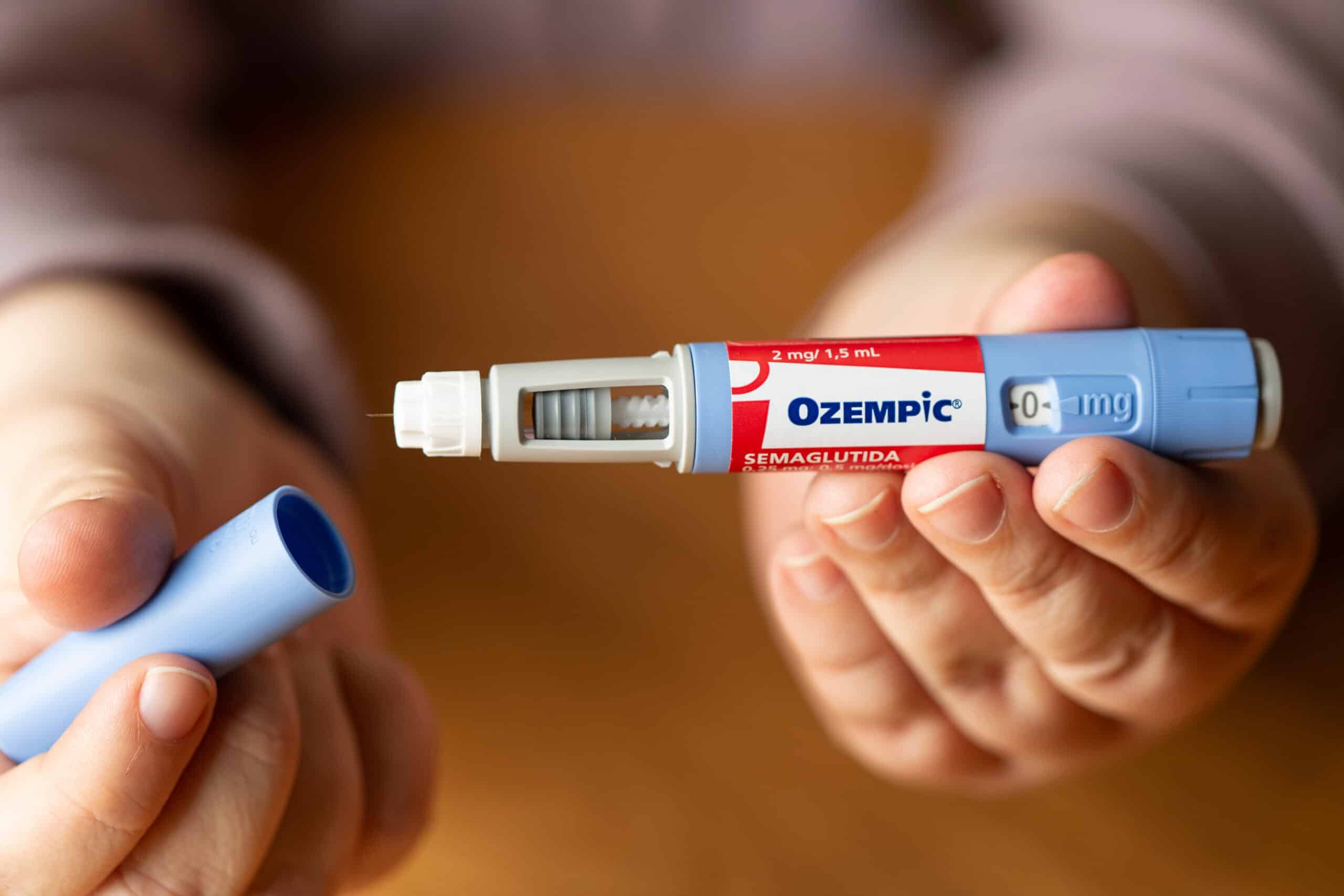“Are GLP-1s disruptive?” I’ve heard this question with great regularity over the past year as the popularity of weight loss drugs known as GLP-1s (i.e., Ozempic, Wegovy, Zepbound, etc.) has skyrocketed.
The short answer to this question is “no.”
The longer answer is in the “why.”
Disruptive Innovation is poorly understood
It’s easy to see why people get confused. Regarding the blockbuster GLP-1s targeting weight loss and diabetes, the market is characterized by one that is ripe for disruption. This is due to the low accessibility and unaffordability of the drugs, and the fact that due to high prices and limited access, there is an excessive number of nonconsumers (new consumers who previously didn’t buy products in a market). This is likely why we are seeing a flood of counterfeit Ozempic in the US, UK, and EU supply chains—and the problem seems to be worsening.
Questioning whether GLP-1s are disruptive isn’t surprising because the Theory of Disruptive Innovation is often misunderstood. But when leaders do understand the power of this theory of competitive response, it gives them immense power. Steve Jobs, Jeff Bezos, and Andy Grove offer just a few examples of how its power can play out in the market.
As an intro explainer, let’s dive in. First, technologies aren’t disruptive by themselves. Instead, they must be wrapped in an innovative business model to be potentially disruptive. So, the first reason the answer to the GLP-1 question is “no” is because products or technologies alone aren’t disruptive.
Second, disruption isn’t a one-time event. It’s a process that unfolds over time and one that often takes decades. For example, digital photography took years to displace film as the dominant photography medium. Mini mills took decades to disrupt traditional steel mills. Low-cost retailers took decades to displace department stores. And we are still watching the process of Airbnb disrupting the lodging industry, as well as online cognitive behavioral therapy changing the market of mental health care.
Of course, these examples reveal that one must also ask: disruptive to what? Because of the primary outcomes produced by GLP-1s, I assess their disruptive potential relative to existing diabetes and weight loss solutions.
Where is the disruption in a market so hungry for it?
While Ozempic and GLP-1s have created chaos in the industry, they aren’t Disruptive Innovations. They are sustaining innovations relative to existing diabetes and weight loss offerings.
We can determine this because Disruptive Innovations consist of three components:
- An enabling technology that makes a product more affordable and accessible to a wider population. An enabling technology can be anything from software to a product’s innovative components (i.e., GLP-1s more effective formula).
- An innovative business model that targets nonconsumers or low-end consumers (the least profitable customers).
- A coherent value network, or commercial infrastructure, in which stakeholders are better off when the Disruptive Innovation prospers.
GLP-1s only check off the first item on the list. They aren’t delivered through an innovative business model targeting low-end or nonconsumers, and there isn’t a new value network for their delivery.
Instead, GLP-1s are a better product offering for existing customers. GLP-1s are arguably a more effective solution for diabetes than metformin and a better alternative to weight loss than dieting, WW, or noom. This makes them a sustaining innovation, as visualized in the image here.
Notably, regulations and standards that facilitate or inhibit change also play an especially influential role in disrupting the health care marketplace.
What about compounded GLP-1s?
One potentially disruptive alternative to GLP-1s is a compounded version of the drug. Compounded medications are made by combining, mixing, or altering ingredients to meet a specific need, and they aren’t regulated by the FDA. This lack of regulation by the FDA and generic formulation makes them not as good as branded GLP-1s. “Not as good as” can be the first indicator of a Disruptive Innovation since lower-standard outcomes often come with lower price tags to reach more nonconsumers.
Additionally, compounded GLP-1s currently have disruptive potential because they are delivered through an innovative business model. One example is Hims & Hers, a digital health care company that provides a slew of health care and health-adjacent services from sexual health to mental health to on-demand care to weight loss support. They are selling this compounded version at $199 per month, compared to the $1,000+ price of branded versions.
Due to the role of regulations and standards in enabling or prohibiting the success of a potentially Disruptive Innovation, a recent Hunterbrook report proposed the dismal path forward for Hims & Hers regarding its compounded GLP-1 strategy. In short, the company can currently offer it on the market due to a loophole in regulations, which is likely to be closed, and if it’s not, it will likely lead to years of legal battles.
What’s the TL:DR?
GLP-1s aren’t Disruptive Innovations. They are sustaining innovations. While they are creating chaos in the market, they don’t match the definition of Disruption.
That’s because for Disruption to occur, three elements must be in place, and regulations and standards must also facilitate the process.
It’s possible that compounded GLP-1s could be disruptive relative to prevailing Ozempic, Wegovy, and Zepound offerings. However, as regulations exist today, potential disruptors will face many hurdles on the path to defeating incumbents.
The next time someone tells you Ozempic is “disrupting” the weight loss industry, you can confidently—and kindly—correct them.


